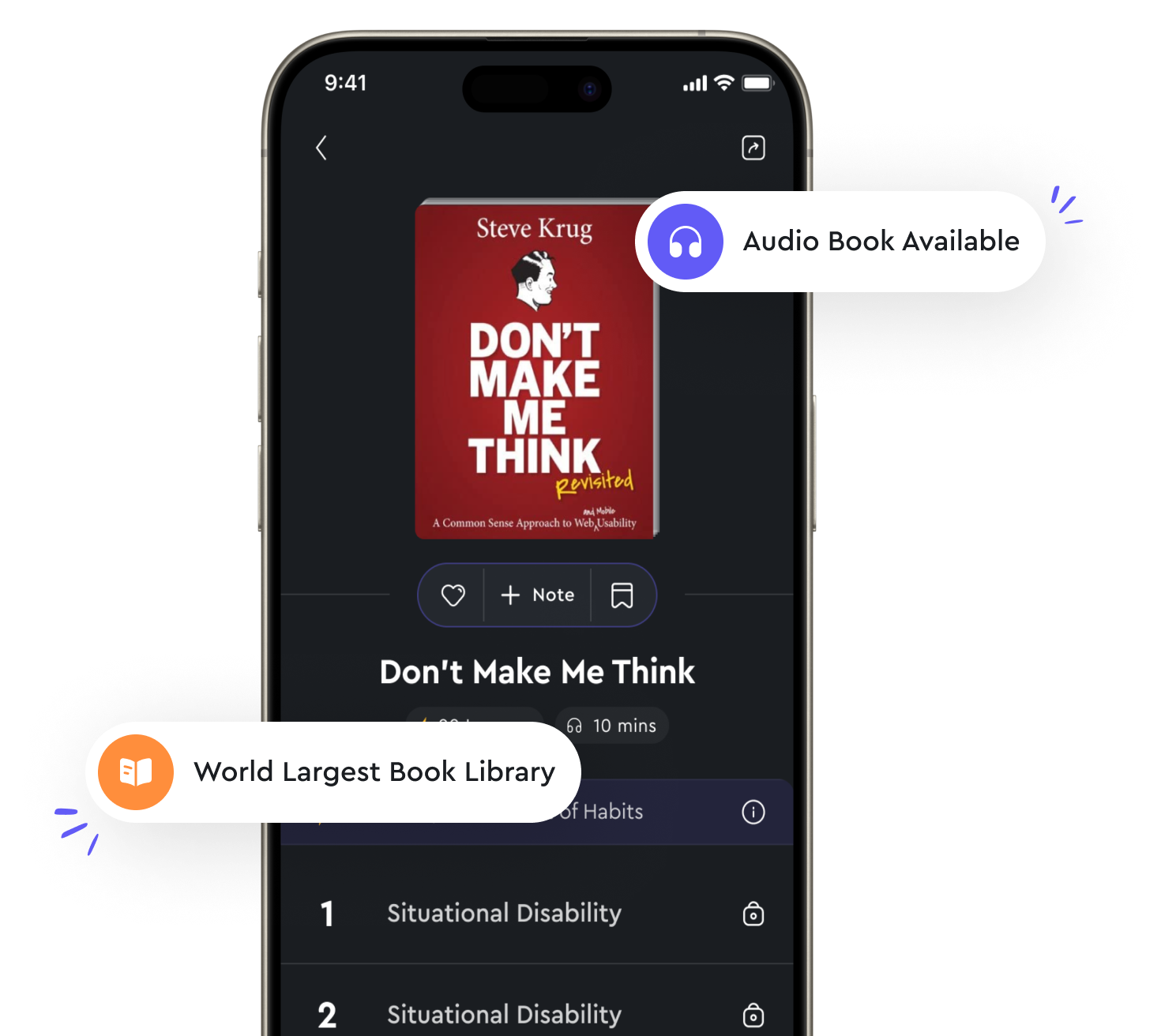Head movement meanings from "summary" of Encyclopedia of Body Language by Alan Elangovan
Head movement plays a very important role in communication, as it can be used to show a range of emotions and meanings. Different head movements such as nodding, tilting, and shaking can be used to convey certain messages, such as agreement or disagreement, and understanding or confusion.- Tilting your head can show a sign of interest and care in the conversation, so you should use it to convey your positive attitude towards what the other person is saying.
- Nodding your head up and down conveys acknowledgement and understanding on the part of the listener.
- Shaking your head from side to side, also called a 'no' shake, is a common body language that shows disagreement with someone’s idea or statement.
- Rotating your head in a circular motion can indicate confusion or discomfort regarding a situation.
- Patting your head signifies promise or reassurance from a speaker. This gesture is often seen after making an argument as a way of concluding the discussion.
- Keeping an inclined neck shows submission or agreement to a speaker. It may be seen as trusting and respectful behavior.
- Upturning your head was historically used as an expression of nobility for kings and queens. It gives off the feeling of superiority and domination over those around them.
- Drooping your head downward could reveal feelings of shame, guilt, sadness, or defeat.
- Tilt your chin upward to express confidence and authority. This action could imply a visible sense of righteousness either backed by facts or moral standings.

